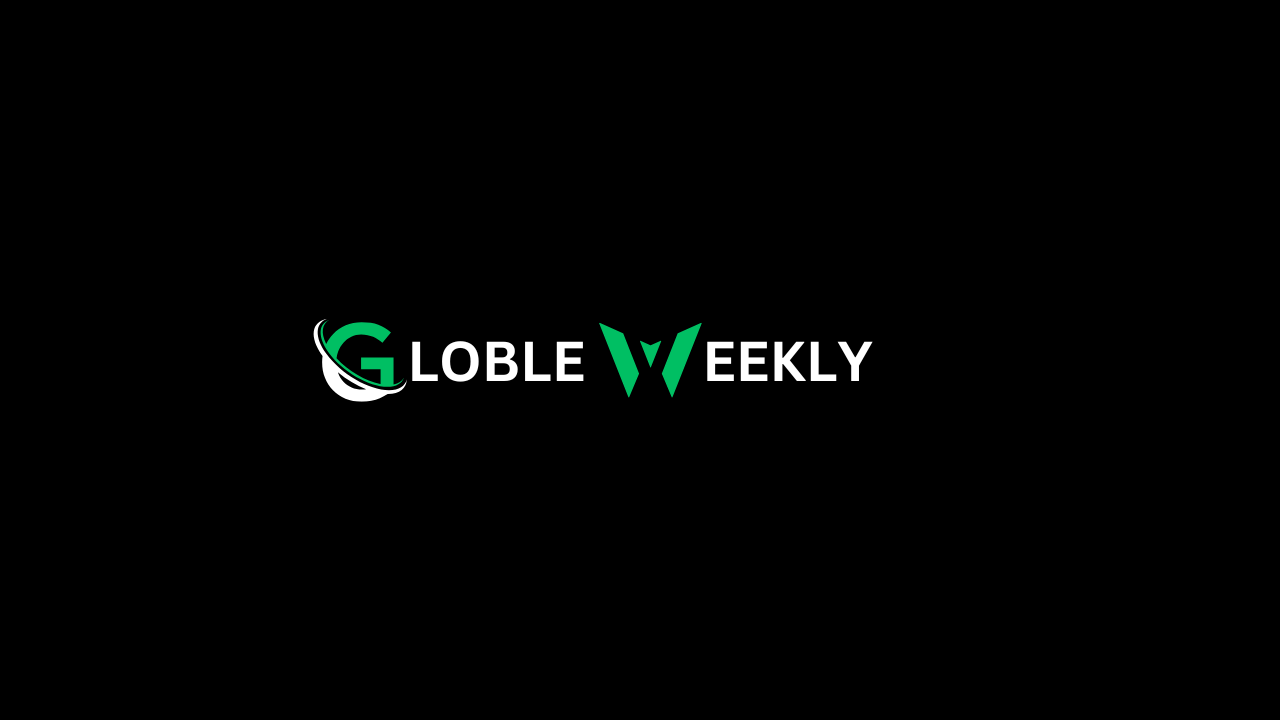In the world of surveying and geospatial analysis, tbc scans play a crucial role in enhancing data accuracy and efficiency. Professionals working in construction, engineering, and land surveying rely on tbc scans to process and analyze large sets of geospatial data. This technology enables the seamless integration of scanned data with traditional survey data, leading to more accurate and reliable project outcomes.
This article explores tbc scans, their importance, technical aspects, applications, and benefits, along with challenges and future trends. Whether you are new to tbc scans or looking to deepen your understanding, this guide provides all the essential details.
What Are TBC Scans?
TBC, or Trimble Business Center, is a powerful geospatial software used to process and analyze survey data. Tbc scans refer to the process of integrating scanned data, such as point clouds and aerial imagery, within the Trimble Business Center software. This allows professionals to visualize, manage, and extract valuable insights from large datasets.
With tbc scans, surveyors can combine different data sources, such as LiDAR scans, photogrammetry, and GNSS measurements, to create high-precision models and maps. This integration simplifies workflows and improves the accuracy of project deliverables.
How TBC Scans Work
The process of using tbc scans involves several key steps:
- Data Collection – Scanning devices, such as terrestrial laser scanners or drones, capture raw geospatial data in the form of point clouds or images.
- Data Import – The collected data is imported into Trimble Business Center, where it is aligned with existing survey data.
- Processing and Integration – Advanced algorithms in TBC process the raw scan data, refine accuracy, and integrate it with other datasets.
- Analysis and Modeling – The final dataset is used for analysis, visualization, and model generation, providing accurate representations of real-world environments.
- Output and Reporting – The processed data can be exported in various formats for use in engineering, construction, and mapping applications.
Applications of TBC Scans
Tbc scans are widely used across various industries, enhancing efficiency and accuracy in different applications.
Land Surveying and Mapping
Surveyors use tbc scans to create high-precision topographic maps, cadastral surveys, and boundary assessments. By integrating scan data with traditional survey techniques, professionals can produce highly detailed and accurate maps.
Construction and Infrastructure Development
In the construction industry, tbc scans help engineers and project managers monitor site progress, verify structural integrity, and detect errors early in the project cycle. The use of 3D models derived from tbc scans improves planning and decision-making.
Urban Planning and Smart Cities
City planners and urban developers leverage tbc scans to analyze land use, optimize infrastructure placement, and assess environmental impact. The ability to visualize city layouts in 3D makes planning more efficient and sustainable.
Environmental Monitoring and Disaster Management
Geospatial experts use tbc scans to track environmental changes, study erosion patterns, and assess disaster-prone areas. By analyzing high-resolution scan data, professionals can develop better disaster response strategies and mitigate risks.
Mining and Extractive Industries
Mining companies utilize tbc scans to conduct volumetric analysis, monitor excavation progress, and ensure compliance with safety regulations. Accurate 3D models generated from scans improve operational efficiency in the mining sector.
Benefits of TBC Scans
The adoption of tbc scans brings numerous advantages to professionals working with geospatial data.
- Improved Accuracy – The integration of high-resolution scan data with traditional survey measurements enhances precision, reducing errors in mapping and modeling.
- Time and Cost Efficiency – Automated processing and streamlined workflows save time and reduce operational costs, making projects more efficient.
- Seamless Data Integration – Tbc scans allow users to combine different data formats, ensuring compatibility and consistency across various datasets.
- Enhanced Visualization – The ability to generate 3D models from scan data improves understanding and communication of project details.
- Better Decision-Making – Accurate and well-processed geospatial data enables informed decision-making, leading to better project outcomes.
Challenges and Limitations of TBC Scans
Despite their numerous benefits, tbc scans come with certain challenges:
- Large Data Volumes – Handling massive point cloud datasets requires powerful hardware and efficient processing techniques.
- Software Learning Curve – Mastering the full capabilities of Trimble Business Center requires training and expertise.
- High Initial Investment – Acquiring scanning equipment and software licenses can be costly for small businesses.
- Data Processing Time – Complex datasets may take considerable time to process, depending on hardware capabilities.
- Compatibility Issues – Ensuring seamless integration with other geospatial software requires careful data management.
Future Trends in TBC Scans
The future of tbc scans is evolving with technological advancements that improve efficiency and expand applications.
- Artificial Intelligence Integration – AI-driven automation will enhance data processing speed and accuracy.
- Cloud-Based Processing – Cloud platforms will enable remote access and collaboration, making data management more efficient.
- Improved Hardware Capabilities – Advanced LiDAR sensors and high-resolution cameras will enhance scan quality.
- Real-Time Processing – Faster computing power will allow real-time analysis of scan data, reducing project turnaround times.
- Augmented Reality (AR) Applications – AR technology will enhance visualization and interaction with geospatial data.
Conclusion
Tbc scans are transforming the way professionals collect, process, and analyze geospatial data. Their applications in surveying, construction, urban planning, and environmental monitoring make them indispensable tools for modern industries. While challenges exist, ongoing technological advancements continue to enhance the efficiency and usability of tbc scans. As businesses and governments increasingly rely on accurate geospatial data, the role of tbc scans will only grow in importance.
FAQs
1. What are tbc scans used for?
Tbc scans are used to process and integrate scanned geospatial data within Trimble Business Center for applications in surveying, construction, and mapping.
2. How do tbc scans improve accuracy in surveying?
By combining high-resolution scan data with traditional survey measurements, tbc scans enhance precision and reduce mapping errors.
3. What industries benefit from tbc scans?
Industries such as construction, urban planning, mining, and environmental monitoring benefit from the use of tbc scans for data analysis and decision-making.
4. What challenges come with using tbc scans?
Challenges include handling large datasets, requiring powerful hardware, learning the software, and ensuring compatibility with other systems.
5. What is the future of tbc scans?
The future of tbc scans includes AI automation, cloud-based processing, improved scanning technology, real-time data analysis, and integration with augmented reality.

